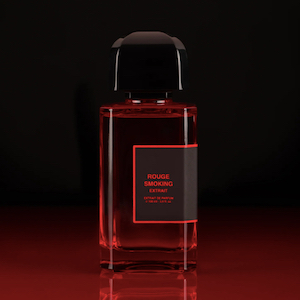The Brightest Fruit
By Jo Phillips
From lemon Meringue pie to being used as batteries to produce electricity, via an organic hair bleach, the simple fruit is so much more than a delightful taste to add to flavouring, it is a tiny miracle encased in a pocked skin. Find out more in The Brightest Fruit Here.
Image of Lemon tree by Pexels from Pixabay Other images Hajar Djouahra
Like many ingredients in our everyday life, we don’t always know the journey they made to get to us: Lemons are no exception. This brightly coloured fruit that sits in many a fruit bowl is actually quite the little miracle having travelled initially from northeast India northern Burma and even China. And although they entered Europe near southern Italy during the time of Ancient Rome they did not become popular. It wasn’t really until the 15th century when Christopher Columbus brought lemon seeds on his voyages and the Spanish conquests throughout the New World helped spread lemons around the globe.
Initially, it was mainly used as an ornamental plant and for medicine but experiments on seamen suffering from scurvy involved adding lemon juice to their diets which started the changing journey for the (not so) humble lemon.
So from medicine to running a small item using several lemons as a battery this citric fruit is most commonly known for its flavour and its scent. Yet timing plays a very big part in its use as a scent. In the UK for instance, the smell of lemon in the 1950s to the 1970s was associated with cleaning creams, think of lemon fresh cleaning products.

Yet its place in perfumer is too long to mention seeing as the Romans scented water with flowers and fruit but colognes became popular via the royal courts in the 18th century due to citrus notes being used in these light forms of perfumery, typically fresh and citrusy in character.
The characteristic scent of lemon comes mainly from the peel where most of the odour molecules are located. The fragrance molecules of citrus fruits are very volatile, meaning they are one of the first ingredients to dissipate in a perfume. That is why citrus is often used on top of a perfume, as a top note as such, that is bursting with fresh lively, vitality as almost an introduction to a fragrance.
However now thankfully with technology lemon can be used as the main ingredient in fragrance and so rather than just a top note, whole fragrances can be built around this fruit.
The newest scent to carry the heavenly aroma of lemon is C.O. Bigelow Lemon 1999.
Inspired by their legendary Lemon Body Cream, which is infused with skin-brightening Lemon Extracts, it leaves the skin soft and ultra-moisturized and is a best-selling body care product that has been part of the apothecary since 1870. Therefore it makes sense that Eau de Parfum is inspired by their most-loved, favourite original formula.

Find pure, sparkling Lemon blended with effervescently citrus notes alongside green lemon leaves and sensual, creamy undertones of warm white musk. opening fresh and bright but with a warmth not usually associated with citrus perfumes. it is Vegan, Paraben-Free and not tested on animals
In case you are not aware of the brand C.O. Bigelow is the USA’s oldest Apothecary sitting in the neighbourhood of Greenwich Village in New York City. Vermont Physician Dr. Galen Hunter founded C.O. Bigelow, originally called The Village Apothecary Shoppe, opening in 1838. Find some amazing facts about the store and its history-rich with presidential customers and rock stars alike Here
Lemon has stood the test of time, not just to eat or clean but to wear. This seemingly insignificant delicious fragrant fruit is a powerhouse.
C.O. Bigelow is the oldest apothecary in America. Find out more about C.O.Bigelow Here The Lemon Body Cream Here and the EDP Here



